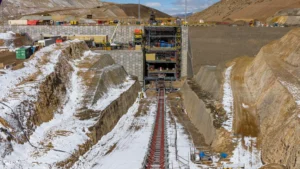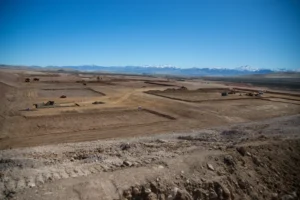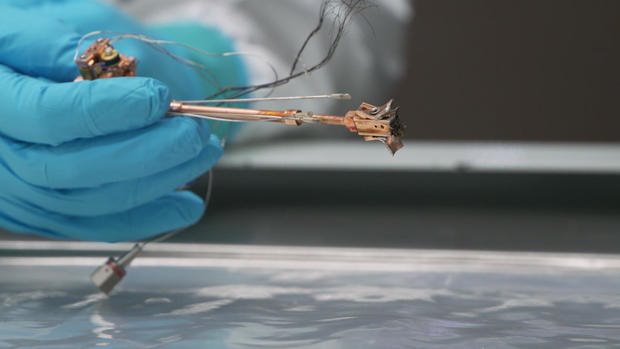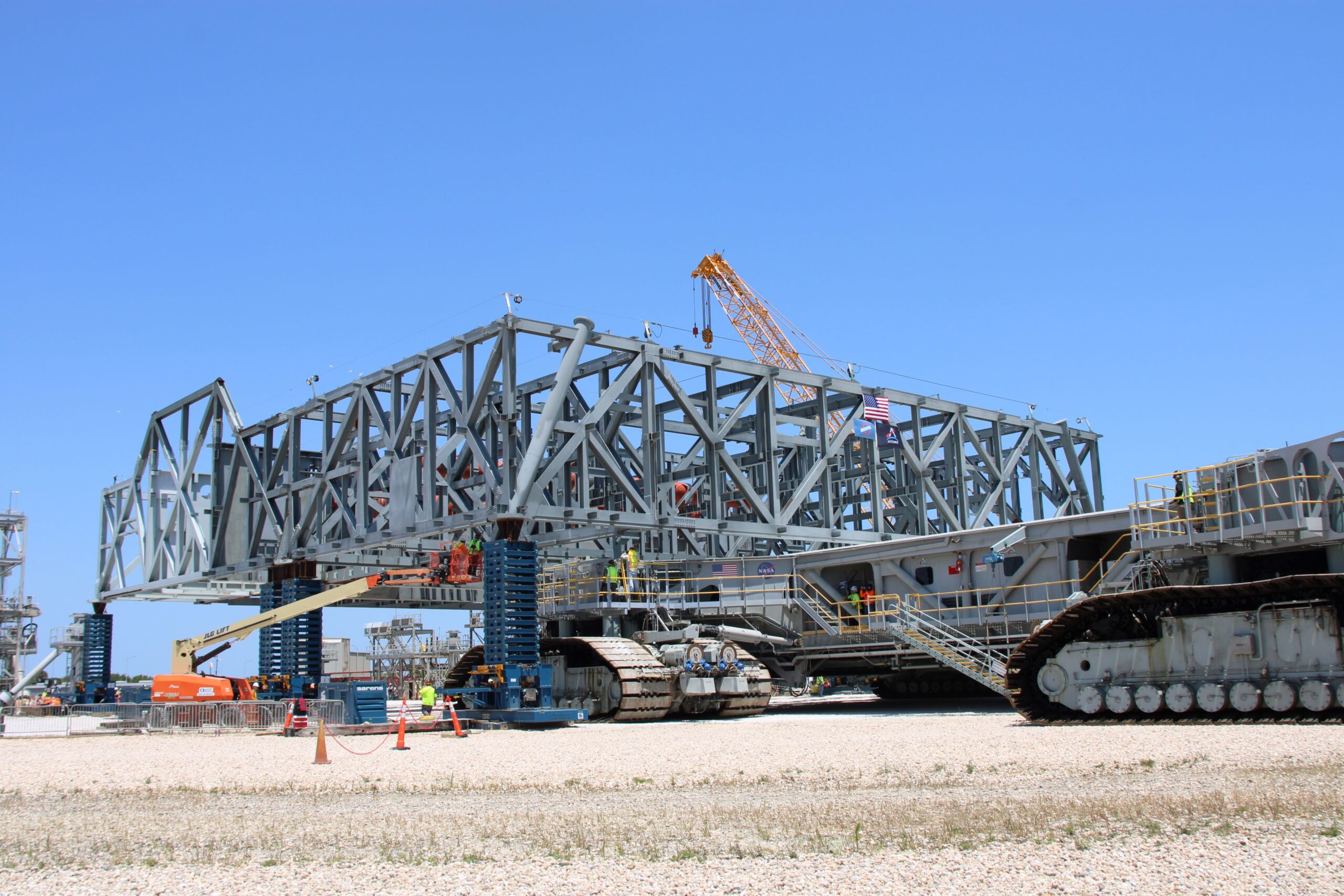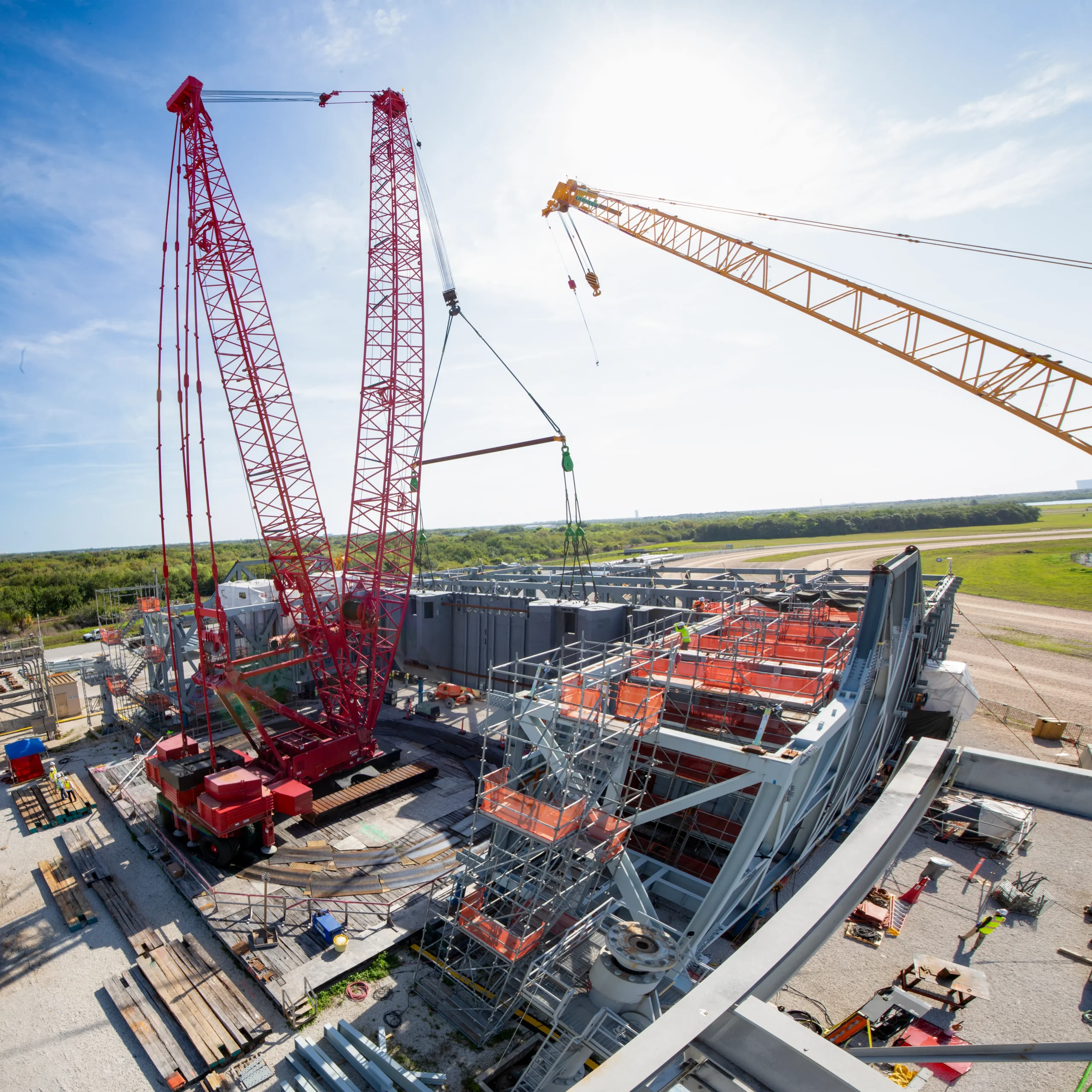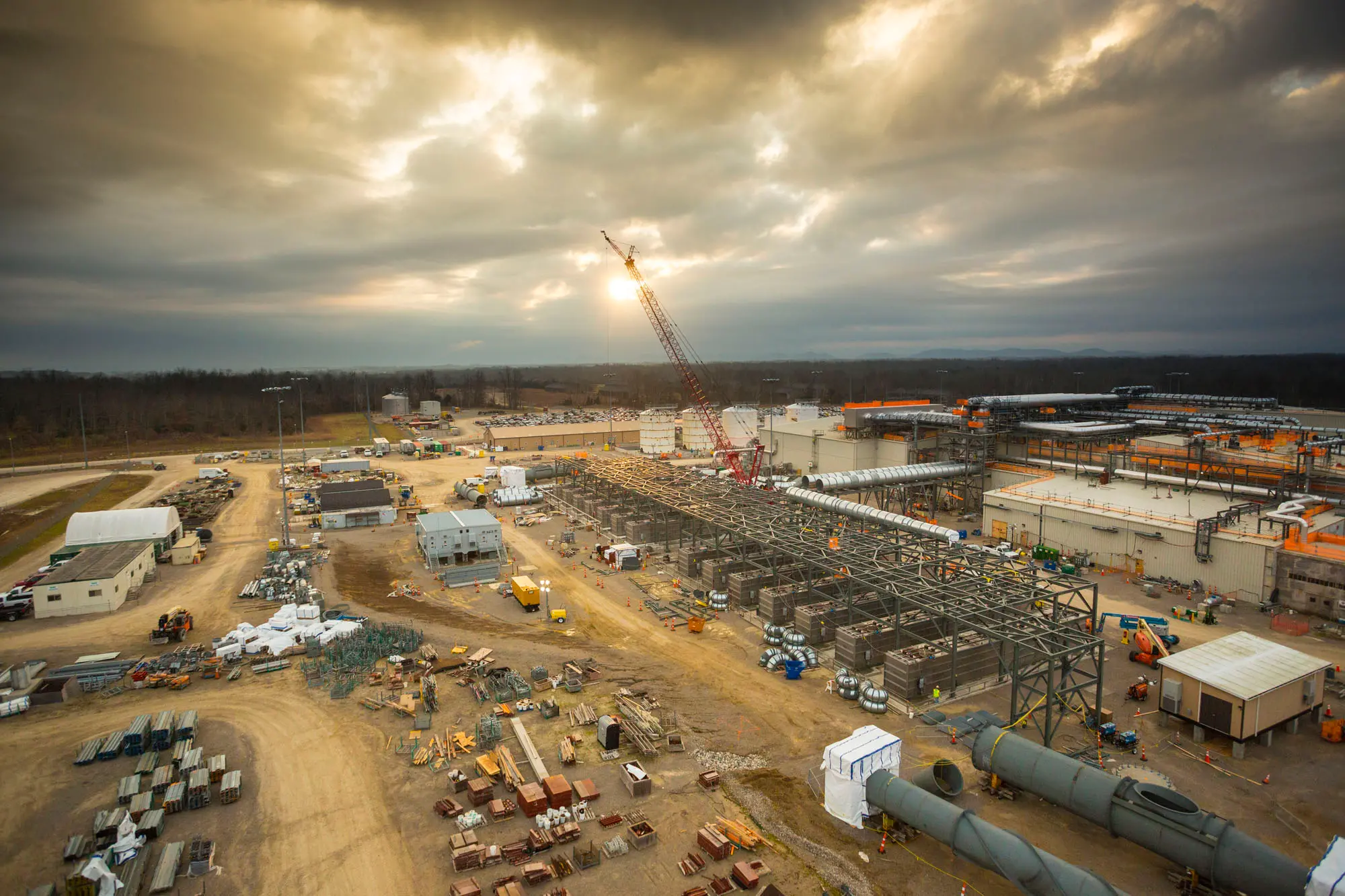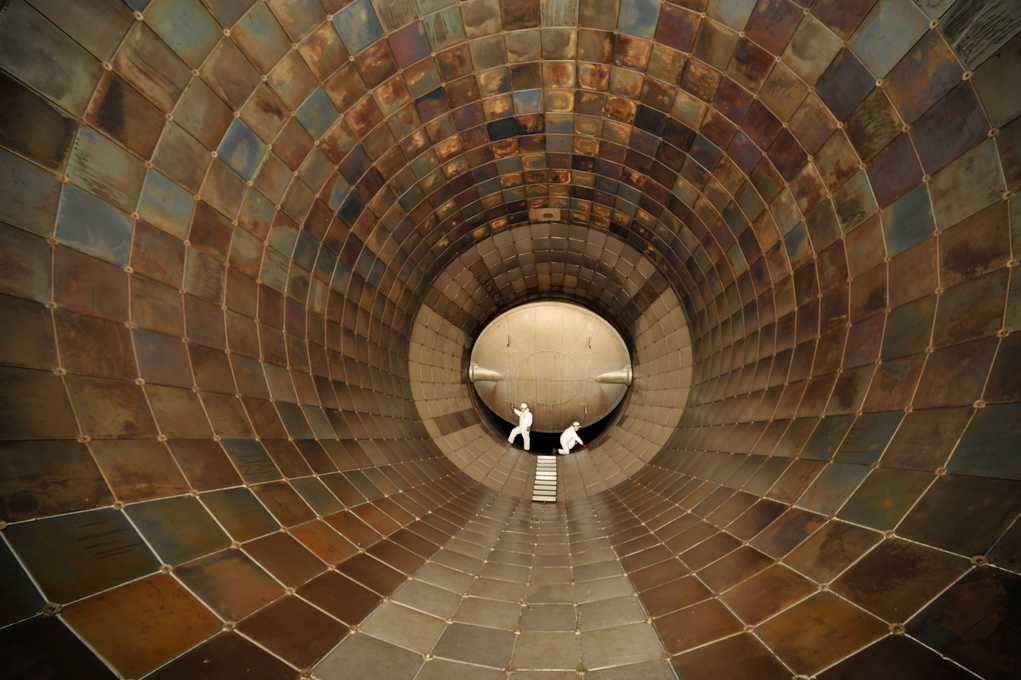March 21, 2022
Bechtel to collaborate with two universities developing lunar infrastructure technology
Engineers from Bechtel, a global leader in terrestrial engineering, construction, and project management, will join with researchers from two U.S. universities to develop technologies for living and working on the Moon.
NASA announced the research awards to Colorado School of Mines and Missouri S&T on February 18.
“Bechtel started as a frontier company more than 120 years ago,” said Mike Costas, general manager of Bechtel’s Defense and Space business line. “Now, we’re thinking about the next frontier. What will it take to build permanent infrastructure on the Moon? What an exciting time.”
The selected projects will receive up to $2 million over two years to develop their technologies. Bechtel will serve as an industrial partner to both teams.
- Autonomous Construction – Humans living on the Moon will need structures like habitats and landing pads, which can be made more efficiently if they're constructed autonomously by robots. Colorado School of Mines, led by principal investigator Christopher Dreyer, will develop tools and methods for autonomous landing pad construction on the Moon's surface.
- Extracting Resources – Supplies for lunar astronauts could be created from what's already on the lunar surface, a process called in-situ resource utilization. Missouri S&T, led by principal investigator Leslie Gertsch, will use magnetic and electrostatic technologies to more efficiently separate calcium- and aluminum-containing minerals from the Moon's soil, called regolith, to extract materials suitable for construction on the lunar surface.
“Tackling the challenge of building on the Moon will require the know-how of what’s already been done in Earth’s harshest environments – extreme cold, extreme dust, higher radioactivity – combined with new thinking and approaches,” Costas said. “This is a perfect opportunity to collaborate.”
The grants were awarded as part of NASA’s Lunar Surface Technology Research (LuSTR) solicitation.
Read more about Costas’ thoughts on supporting the new frontier on Bechtel’s blog.
About Bechtel
Bechtel is a trusted engineering, construction and project management partner to industry and government. Differentiated by the quality of our people and our relentless drive to deliver the most successful outcomes, we align our capabilities to our customers’ objectives to create a lasting positive impact. Since 1898, we have helped customers complete more than 25,000 projects in 160 countries on all seven continents that have created jobs, grown economies, improved the resiliency of the world’s infrastructure, increased access to energy, resources, and vital services, and made the world a safer, cleaner place.
Bechtel serves the Energy; Infrastructure; Manufacturing & Technology; Mining & Metals; and Nuclear, Security & Environmental markets. Our services span from initial planning and investment, through start-up and operations. www.bechtel.com

